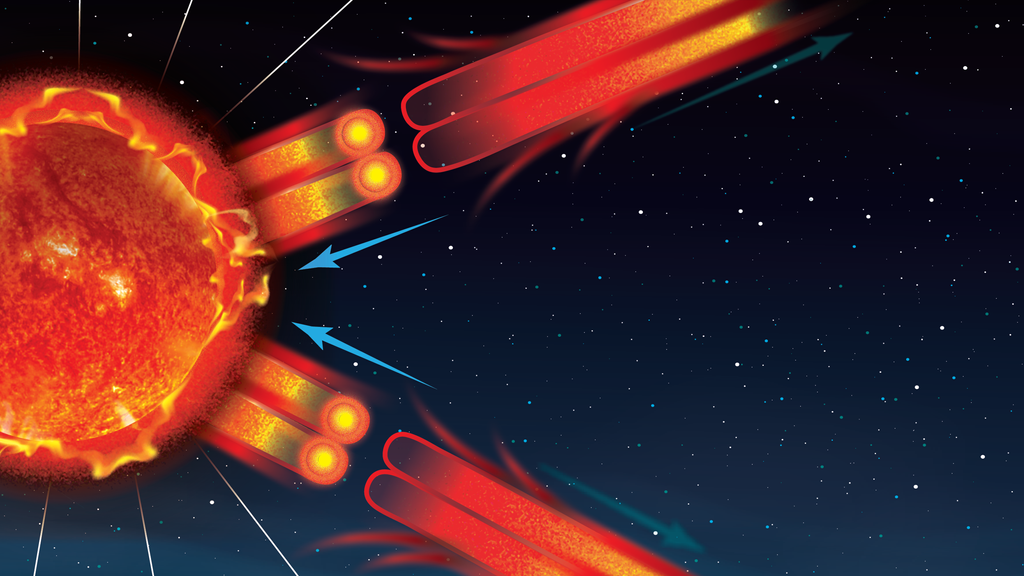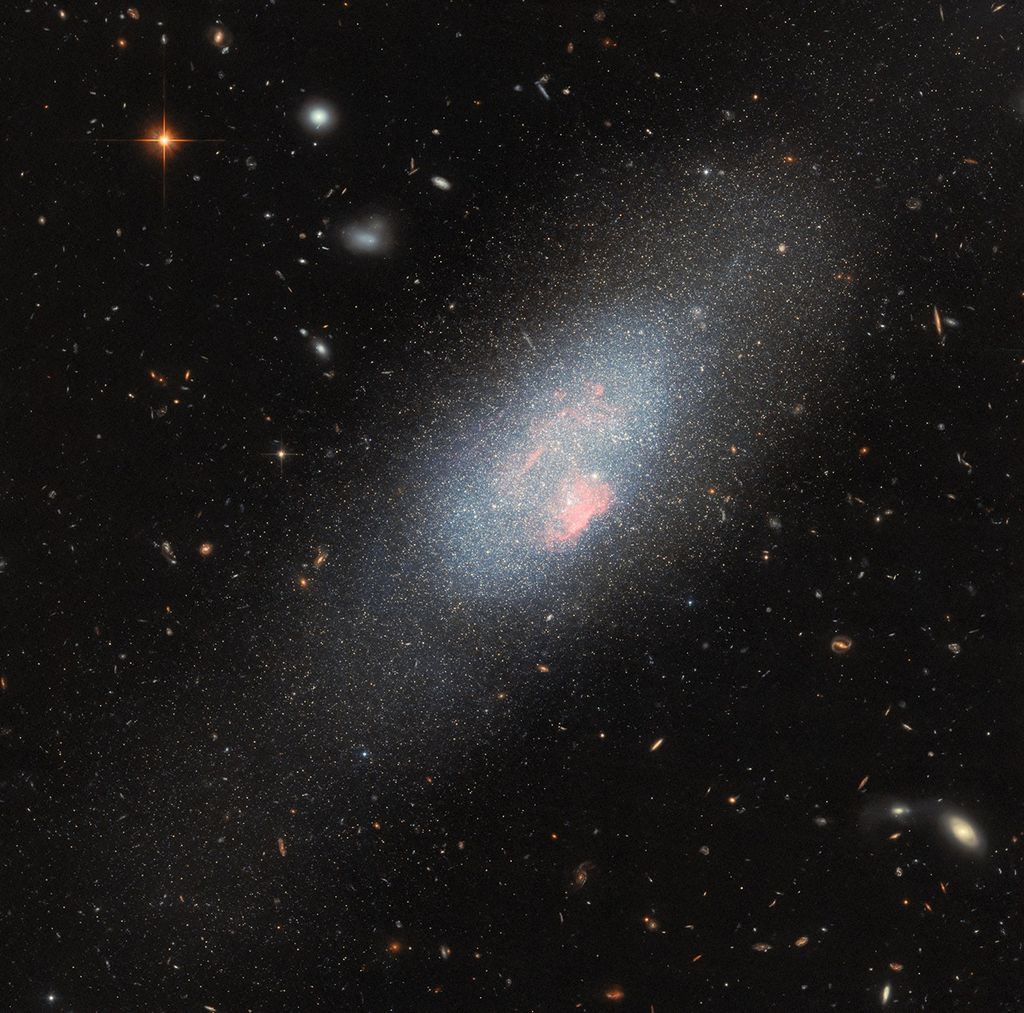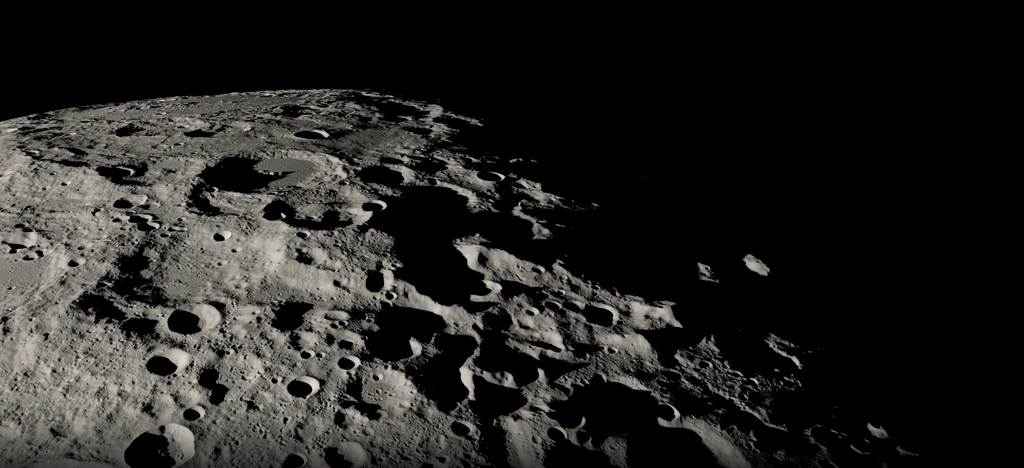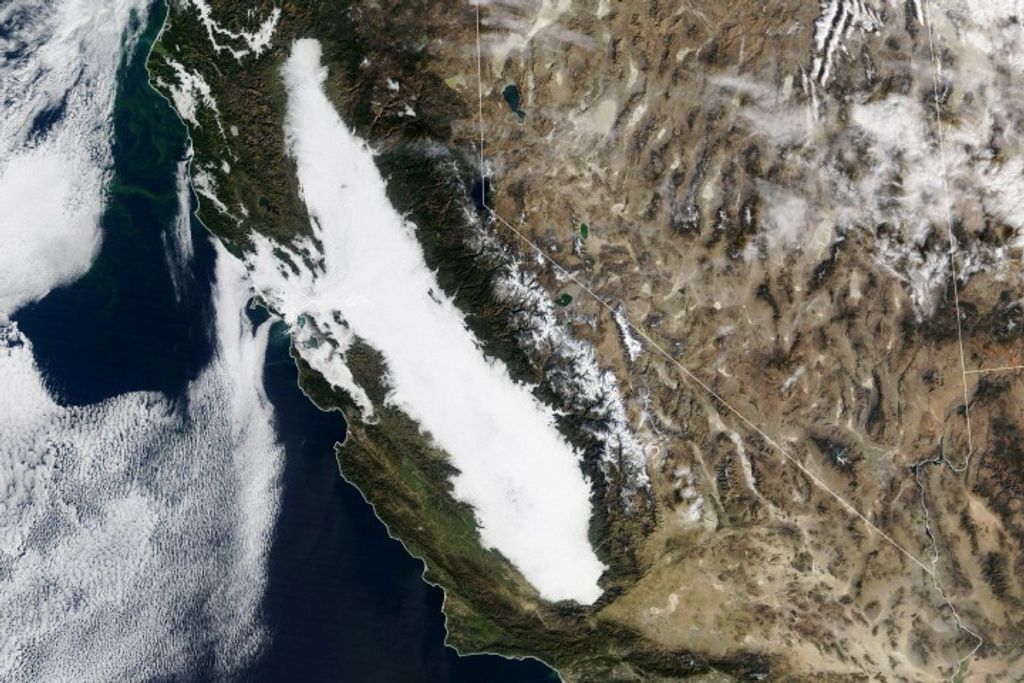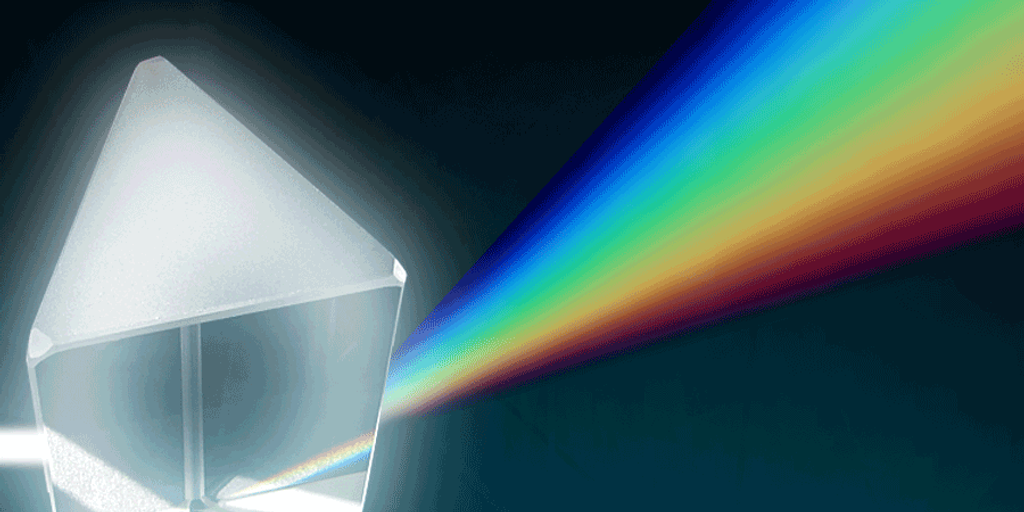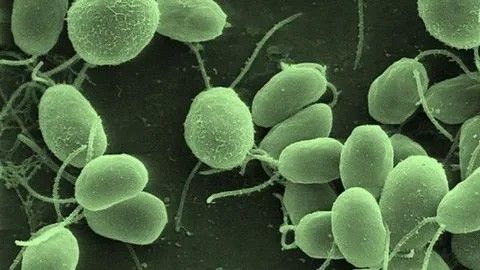Algae Could Prove MVP for Future Space Missions
What happens when you send algae containing water bear genes into space?
While it may sound like the opening to a punchline, this scientific question was at the heart of a research experiment that orbited the Moon aboard Artemis I.
As NASA prepares for Artemis II, findings from the “Fuel to Mars” experiment suggest that Chlamydomonas reinhardtii, green unicellular algae, may hold promise as an MVP – Most Versatile Payload – for future deep-space journeys.
Green algae can be a potential source of hydrogen which could be used to generate fuel for return missions. It could also serve as a source of food and be used to produce biologics, such as medicines, in space. That’s why researchers sought to identify which strains of algae would not just survive, but thrive, in the harsh conditions of deep space.
For the experiment, researchers inserted a tardigrade gene into algal cells using short pulses of electricity. Tardigrades are known as water bears because they resemble miniature bears under a microscope, The gene called Dsup (short for Damage suppressor)allows tardigrades to withstand environmental conditions on Earth that are harmful to other forms of life. This enabled the researchers to test whether the gene that helps tardigrades survive harsh environments on Earth can protect algal cells as well.
Results from “Fuel to Mars” suggest that the green alga used in Artemis I, might make the best traveling companion on future missions. Samples from the study revealed a “population survival response,” where the space environment, including the galactic cosmic radiation field, potentially stimulated, rather than impeded, algae survival.
Another observation from the research is that Chlamydomonas, even without the tardigrade gene, may have their own strategy to survive harmful conditions of the space environment. The researchers found that some Chlamydomonas cells on the Artemis I flight produced more carotenoids, a type of pigment that gives vegetables and fruits their brilliant colors.
Antioxidant properties of carotenoids are known to provide protection from stress and could partly explain why some algal cells were better protected than others when exposed to galactic cosmic radiation.
The Artemis I experiment also included a successful technology demonstration of scientific hardware, known as Moonshot. It provided light cycles to maintain algal cell growth and conducted measurements of the environment throughout the journey around the Moon.
Scientists plan to apply these findings for the benefit of both astronauts and citizens. In addition to informing which resources to send on future Moon and Mars missions, this research could also advance radiation therapies for treatments on Earth.
How this benefits space exploration:
- Helps identify the best, sustainable resources to send on deep-space missions.
- Optimizes payloads by sending supplies that can serve multiple purposes (e.g., fuel, food, medicine).
How this benefits humanity:
- Sparks innovation in technologies on Earth.
- Could inform radiation therapies for patients.
Learn More:
- Programmed cell death and redox metabolism protect Chlamydomonas reinhardtii populations from the galactic cosmic environment on the Artemis-1 mission
- Onboard Artemis I: Studying Algae in Space
- Fuel to Mars
- What are the Van Allen Belts and why do they matter?
- Water Bears in Space
- Microscopic Superheroes to Help Protect Astronaut Health in Space
About BPS
NASA’s Biological and Physical Sciences Division pioneers scientific discovery and enables exploration by using space environments to conduct investigations not possible on Earth. Studying biological and physical phenomenon under extreme conditions allows researchers to advance the fundamental scientific knowledge required to go farther and stay longer in space, while also benefitting life on Earth.



